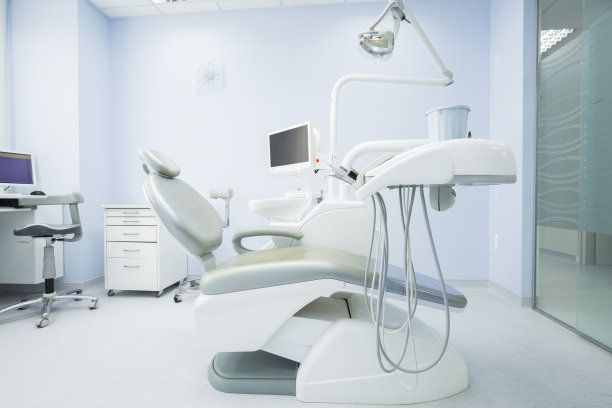The Essential Guide to Extracting a Tooth and What to Expect Before and After the Procedure
Summary: Extracting a tooth can be a daunting experience, but understanding the process can alleviate much of the anxiety associated with it. This guide explores the essential aspects of tooth extraction, covering preparation before the procedure, the actual extraction process, post-operative care, and common concerns and complications. By treating each phase with care, patients can ensure a smoother experience and recovery. This article serves as a comprehensive resource for anyone facing tooth extraction, detailing what is involved before, during, and after the procedure, to foster both confidence and comfort.
1. Preparing for Tooth Extraction

Preparation is key when it comes to an impending tooth extraction. Patients should first consult with their dentist or oral surgeon to discuss the reasons for the extraction, as well as their dental history and any medications they are currently taking. This conversation is crucial as it helps the healthcare provider strategize the best approach for extraction.
In the days leading up to the procedure, it’s important for patients to avoid any blood thinners or medications that can complicate the surgery. Patients should also prepare for their post-operative recovery by stocking up on soft foods and over-the-counter pain relief options that a dentist may recommend, ensuring a more comfortable process afterward.
Finally, arranging for transportation is a critical step, particularly if sedation is involved. Patients may not be in a fit state to drive following the procedure, so securing a ride ahead of the appointment ensures a stress-free experience, allowing patients to focus on their recovery.
2. The Tooth Extraction Process
On the day of the procedure, patients arrive and undergo a thorough evaluation of their dental and medical history. The oral surgeon or dentist will explain the procedure step-by-step, ensuring the patient is comfortable and informed. The type of anesthesia used will depend on the complexity of the extraction; options may range from local anesthesia to general anesthesia.
During the tooth extraction, the dentist will gently loosen the tooth from its socket and employ tools to remove it. While patients might feel pressure, the anesthesia will prevent any pain during the extraction. The actual extraction usually takes just a few minutes, although complexities such as impacted teeth could require more time.
After the tooth is removed, the area will be cleaned, and the dentist may place a gauze pad to control bleeding. Post-extraction instructions will typically be provided, emphasizing the importance of adhering to them for a smooth recovery.
3. Post-Operative Care and Recovery
After the tooth extraction, patients are encouraged to rest and refrain from any strenuous activities for at least 24 hours. In the first couple of days, patients may experience swelling and some discomfort; however, using ice packs on the cheeks can alleviate swelling and minimize pain.
It’s vital to follow dietary guidelines post-extraction. Soft foods like yogurt, applesauce, and broth are recommended, while hot, spicy, or crunchy foods should be avoided initially. Staying hydrated is important, but patients should refrain from using straws, as suction can dislodge the blood clot forming in the extraction site leading to complications like dry socket.
Lastly, patients should keep an eye on the extraction site for any signs of infection, such as increased swelling, fever, or persistent pain. Regular follow-up appointments may be scheduled to monitor healing, and contacting the dentist for any concerns is crucial for a trouble-free recovery.
4. Common Concerns and Complications
Understanding potential complications can prepare patients for what to expect post-extraction. One of the most common issues is dry socket, a painful condition that occurs when the blood clot at the extraction site dislodges or dissolves. Patients should be aware of signs such as intense pain and bad breath, signaling the need for immediate dental attention.
Infection is another concern that can arise following a tooth extraction. Symptoms like fever, pus, or continued bleeding should prompt a visit to the dentist. Most infections can be effectively addressed with antibiotics, but prompt action is essential.
Lastly, emotional factors may arise during recovery. Experiencing anxiety or depression post-surgery is not uncommon. Support from friends and family, as well as communication with healthcare providers, can help ease these feelings, allowing a smoother transition back to regular life.
Summary:
Overall, understanding the process and preparation for a tooth extraction can greatly reduce anxiety. Patients who actively participate in their care before, during, and after the procedure are likely to experience a smoother extraction and recovery. Awareness of potential complications lets patients stay vigilant, ensuring prompt action can be taken if needed.
This article is compiled by Vickong Dental and the content is for reference only.



